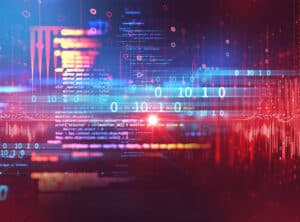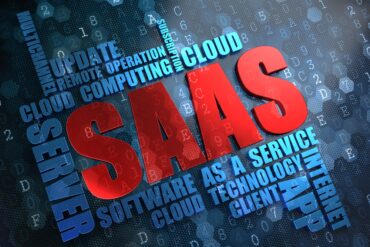
Embracing Clean Code practices guarantees that developers can create modern apps that deliver on that promise both today and tomorrow.
Marc Andreessen declared years ago that software is eating the world. Today, that statement seems self-evident: In a digital economy, enterprises are delivering all sorts of software-based products and services to drive their business forward while also relying heavily on software to manage their internal operations. Code is the most important element of that software. Code contains all the business logic and dictates how software behaves and performs, empowering unique offerings and competitive differentiators. And Clean Code is critical to success.
Why? An organization’s codebase is its DNA, and it will determine that company’s fate in the long run. Keeping that codebase free from defects is crucial for a strong, healthy organization. As such, Clean Code is becoming even more important in the transition from traditional apps to modern apps.
Increase in Cloud-Native Apps Furthers Need for Clean Code
Ultimately, Clean Code is code that’s easy to understand, and changes through structure and consistency yet remains robust and secure to withstand performance demands. It allows organizations to get the most value out of their software, which is important, especially as rising cloud-native adoption is changing how apps are built, maintained, and hosted. With the advent of new technologies such as serverless, Infrastructure as Code (IaC), and Kubernetes, there’s more code than ever. Enterprises must keep this code clean, or they will slowly suffocate under the increasing weight of an unmaintainable codebase.
Cloud-native applications are fundamentally unique compared to legacy apps. That means developers have new challenges to accommodate when building cloud-native apps. For example, these apps are built with microservices and broken down into smaller, independent components. Coordinating these microservices and ensuring they work together seamlessly can be a challenge. Cloud-native apps also have more attack vectors, greater scalability requirements, and advanced fault tolerance expectations vs. legacy apps. Due to these factors, the coding of these apps has to be approached in a different way and requires more sophistication. To program cloud-native apps reliably, developers must implement a Clean Code approach.
With the sheer volume alone of code that cloud-native apps create, clean code is vital. The amount of code written over time increases greatly with a cloud-native approach as it shortens the software development lifecycle (SDLC). Being confident that your code is of quality, on top of being readable, maintainable, and secure, is critical with the significantly higher volume of code being produced.
See also: Survey: There Are Seven Million Cloud-Native Developers
Putting Clean Code in Action
It’s easy to think that a codebase just passively gets cleaner over time. Most organizations are very deliberate with their code functionality and passive with their code quality. Precedence is given to code functionality, and the overall quality of the codebase declines over time, leading to maintainability issues. Because cloud-native codebases have the ability to grow more quickly than traditional codebases, poor maintainability becomes a much bigger problem to solve.
Consider this analogy: An F1 car outfitted with the most cutting-edge tech but never undergoes regular maintenance or any sort of repairs. Without a doubt, the vehicle will break down on the track as its core components will be unable to support the higher demands introduced by all the new additions. Code works similarly. Developers need a strong, healthy foundation that won’t break under the weight of new code. This is especially true for modern applications. Cloud-native apps are broken down into smaller segments and microservices, enabling developers to roll out new features and functionalities with greater frequency. Without a solid Clean Code at the core, these apps will struggle to support all these features without sputtering and crashing.
In reality, this means developers must be intentional with maintaining code quality. This is what Clean Code looks like in action. Building and releasing apps without following Clean Code practices is irresponsible because it effectively shifts operational and security risks to the user. With all the additional attack vectors found in cloud-native apps, this is especially careless.
Ultimately, Clean Code embodies these two concepts:
- As an attribute, it’s code that complies with a defined standard of quality, a codebase containing minimal issues. e.g., an application built with Clean Code.
- As a verb, the act of finding and fixing “problems” that make the code non-compliant with the standard of quality. e.g., cleaning code you just wrote before merging it with your codebase.
Developers must keep both in mind as they write high-quality code for cloud-native apps. That means when creating code, they proactively and intentionally ensure it meets or exceeds the defined standard. When this is done, every modern codebase has a cleanliness attribute defined by its exceptional quality.
Clean Code: Better Cloud-Native Apps Drive Businesses Forward
As the adoption of modern, cloud-native apps continues to introduce new complexities and challenges to software development, Clean Code has become fundamental. By taking a more holistic approach and being intentional with the quality of software, the global development community can build sustainable cloud-native apps that please users and drive customer satisfaction. Developers go to great lengths to fulfill the needs of their users. Embracing Clean Code practices guarantees that they can create modern apps that deliver on that promise both today and tomorrow.



























